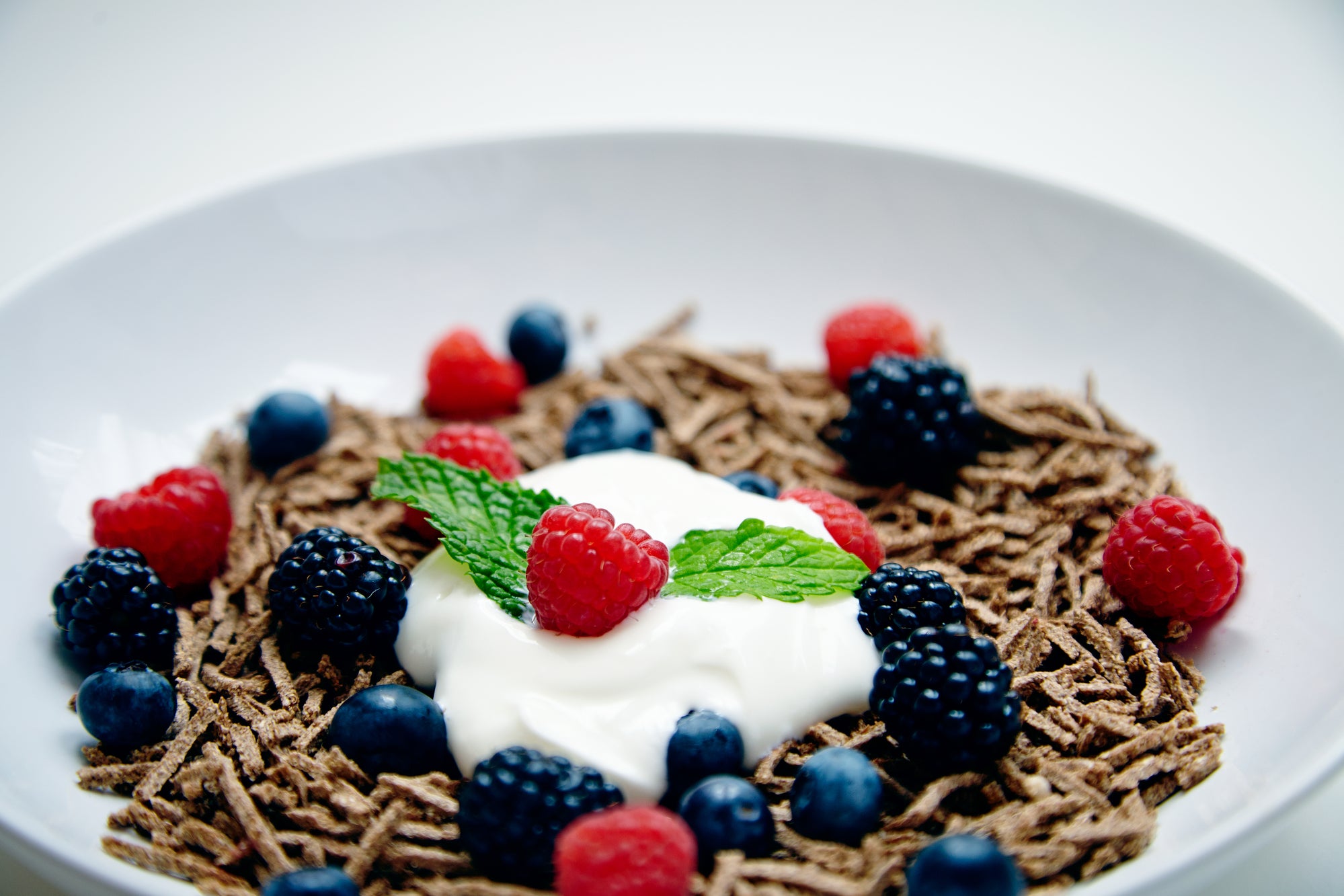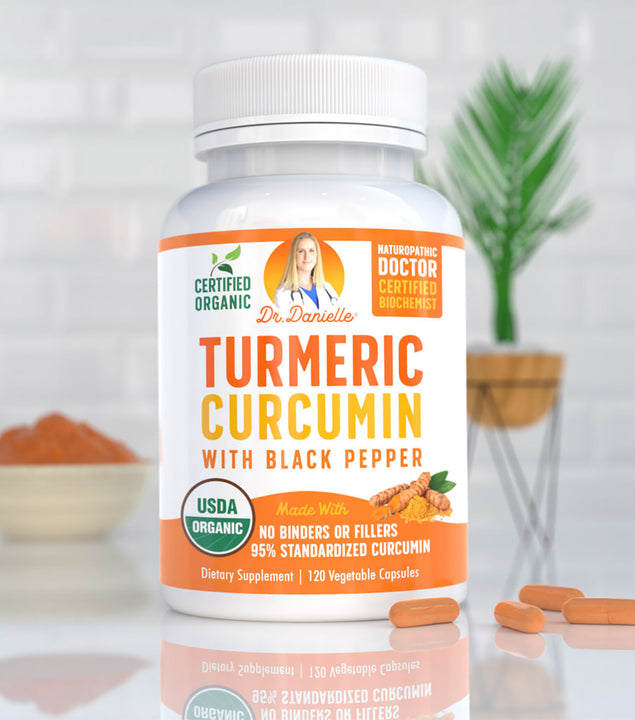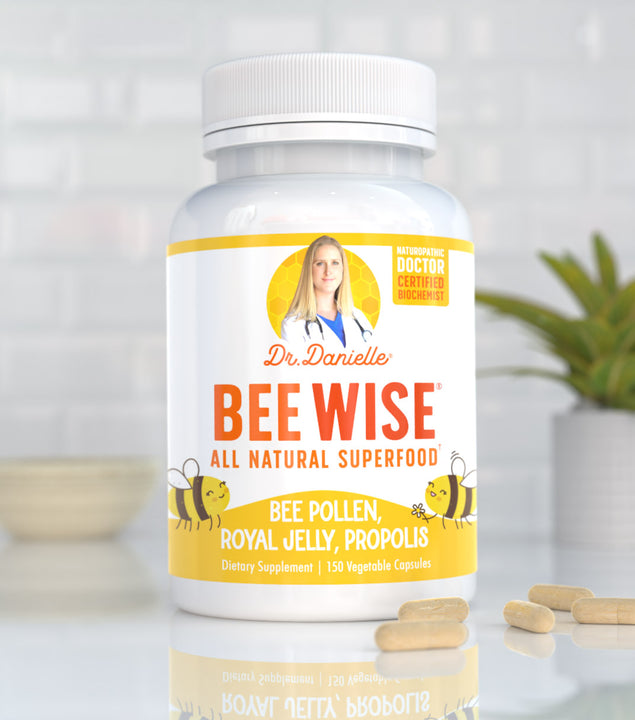What is Dietary Fiber?
Dietary fiber is the parts of plant food your body cannot digest or absorb. It is often referred to as a bulking agent or roughage in your diet. It travels relatively intact throughout the body. From the stomach, through the intestines, and out of the body. For this very reason, fiber is most commonly known for relieving constipation.
Types Of Fiber
There are two types of fiber; soluble and insoluble. Soluble means that it dissolves in water, and insoluble means that it does not dissolve in water. So what is the difference and why are both important?
Soluble Fiber
Have you ever placed chia seeds in water and seen how it creates a gel? Soluble fiber works just like this. With water, it creates a gel like material that helps bind to other materials in your digestive tract. Because of this it has great health benefits such as lowering cholesterol levels. Examples include carrots, flaxseed, oats, barley, and apples.
Insoluble Fiber
Insoluble fiber is best utilized as a “bulking agent”. This is particularly beneficial for those who suffer from irregular bowel moments and constipation. Think of insoluble fiber as a plow truck pushing snow through your digestive track. This type of fiber helps move matter through the digestive system and increase stool bulk. Examples include beans, whole wheat, cauliflower, and nuts.
Benefits Of A High Fiber Diet
Regular Bowel Movements
Are you having daily bowel movements? Do you suffer from constipation or loose stool? Dietary fiber works to increase the weigh and size of stool. In addition, it helps to soften it. Ultimately this makes passing stool easier. The same is also true for those suffering from loose or soft stool. The bulking properties of fiber can help solidify the stool because it absorbs water and helps to bulk it up.
Lower Cholesterol Levels
When was the last time you had your cholesterol levels checked? Something to consider if you haven’t done in a while. With that said, if you have elevated “bad” cholesterol or LDL, fiber could be your ally. Fiber binds to cholesterol in your digestive system and removes it from your body through bowel movements.
Regulate Blood Sugar
Soluble fiber in particular helps to slow the absorption of sugar. Because of this it can be very beneficial in maintaining healthy glucose levels.
Huger Satiety
Higher fiber foods help you feel fuller for longer. Often they take longer to chew, giving your body more time to realize it is full. Plus fiber rich foods tend to be lower in calories. These things are great for your waist line. If you find yourself snacking all day long or can’t seem to stay full for long, eat foods higher in fiber. I’m confident you will enjoy what you experience.
Maintain Bowel Health
Suffer from hemorrhoids or diverticulitis? A diet high in fiber can help lower your risk of both. In addition, studies have shown high fiber diets to lower the risk of colorectal cancer, reduce the risk of dying from cardiovascular disease, as well as reducing the risk of many other cancers.
How Much Fiber Should I eat?
According to the Academy of Nutrition and Dietetics (1) , how much fiber you eat a day depends on your age and sex.
Adult woman, 50 years or younger: 25 grams per day.
Woman over 50 years of age: 21 grams per day.
Pregnant or Lactating female: 28 grams per day.
Adult Men 50 years or younger: 38 grams per day.
Men over 50 years in age: 30 grams per day.
Fiber Rich Foods

If you are looking to increase your fiber intake, eat vegetables, fruits, beans, peas, legumes, nuts, seeds, and whole grain foods. Refined and process foods tend to be low in fiber. So all of that white bread, pasta, and non whole grain cereal you may be eating -not helpful! Instead add foods such as garbanzo beans to your salad. Make a delicious bean and lentil soup and don’t be afraid to experiment with whole grains such as brown rice and oatmeal.
Try not to exceed 70 grams of fiber in a day to avoid negative effects (2). Just because something is good for you, doesn’t mean you need to go overboard either. However, you are going to have to eat a LOT of fiber to reach that level so don’t panic too much. Signs of excessive fiber intake can include gas, bloating, abdominal pain, mineral deficits, acid reflux, constipation, and diarrhea.
If you don’t generally eat a lot of fiber, start slow and work your way up. Also, make sure to drink plenty of water to prevent unwanted side effects. In addition, if you are taking any medications, make sure to let your doctor know you are increasing your dietary fiber intake. They can help determine if this has any interference on your medication and help adjust accordingly.








